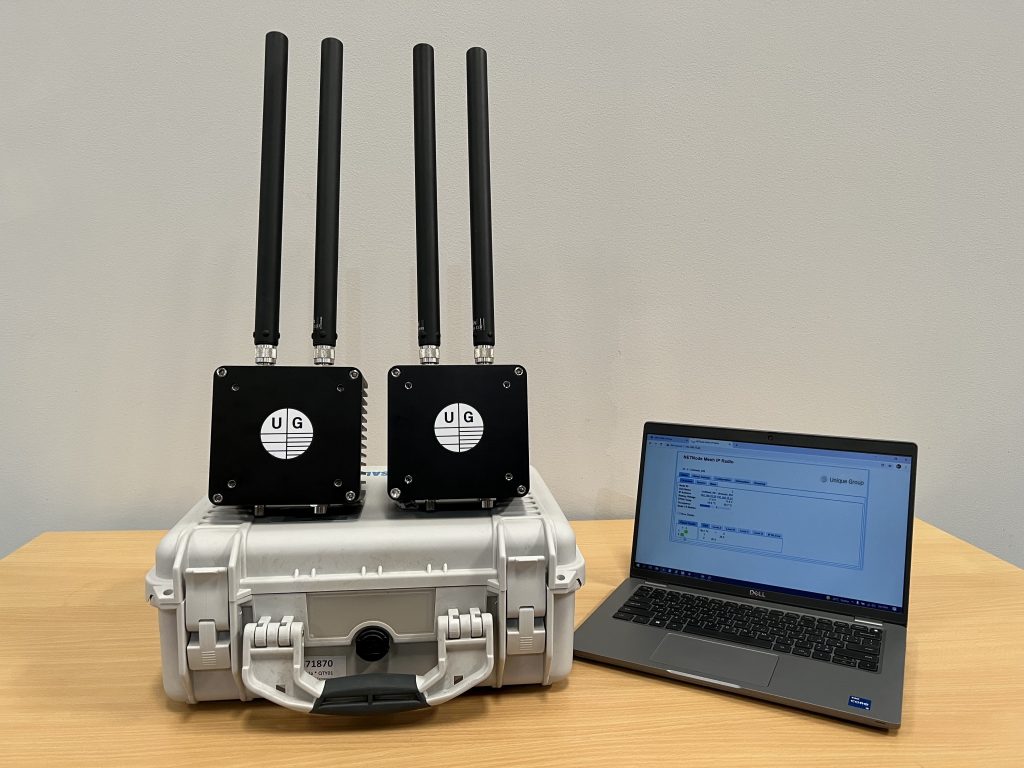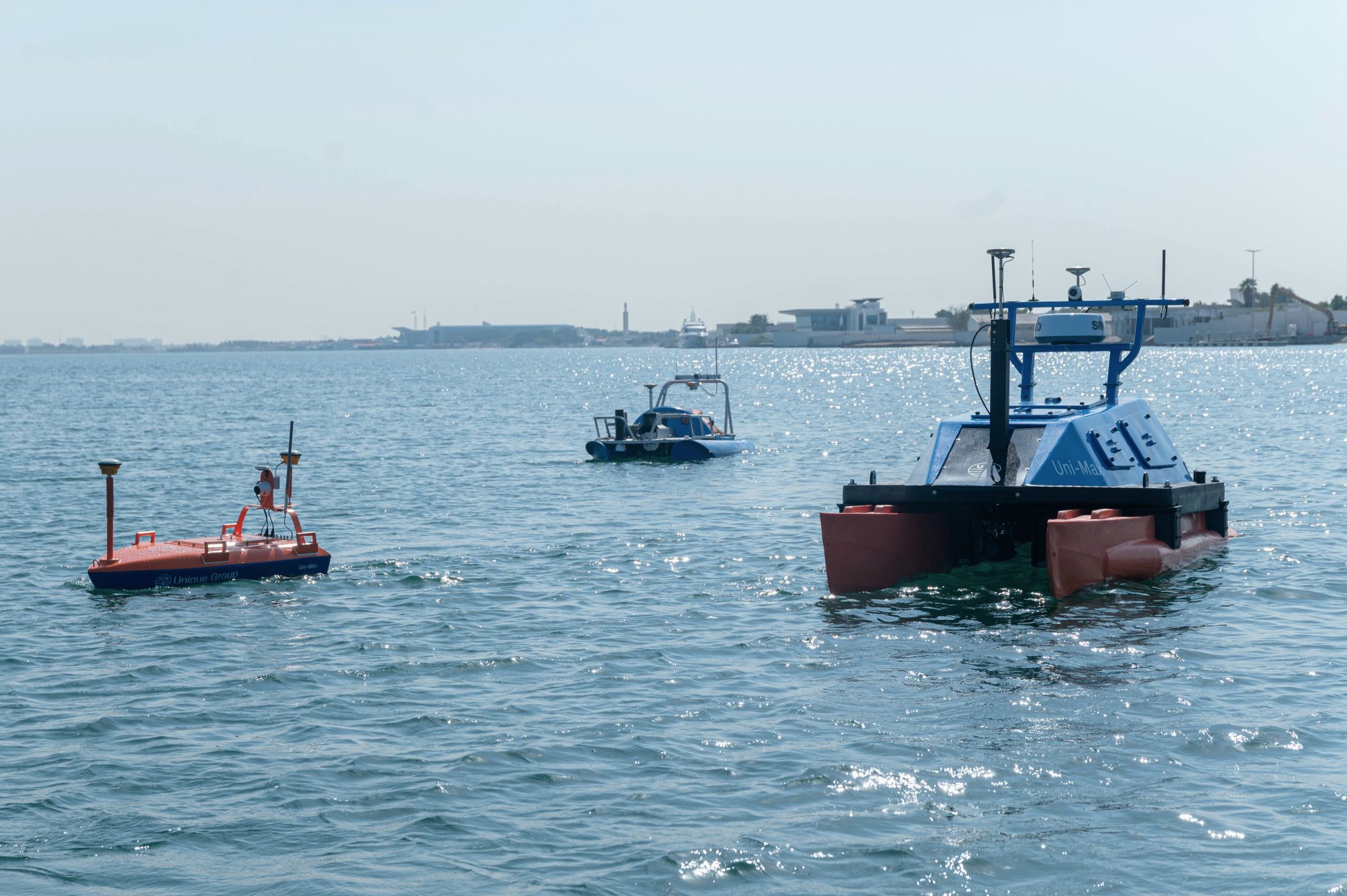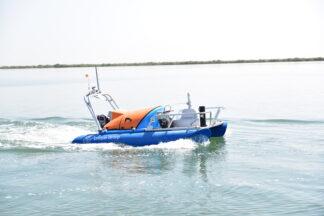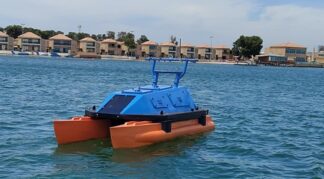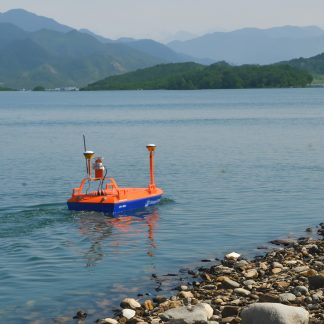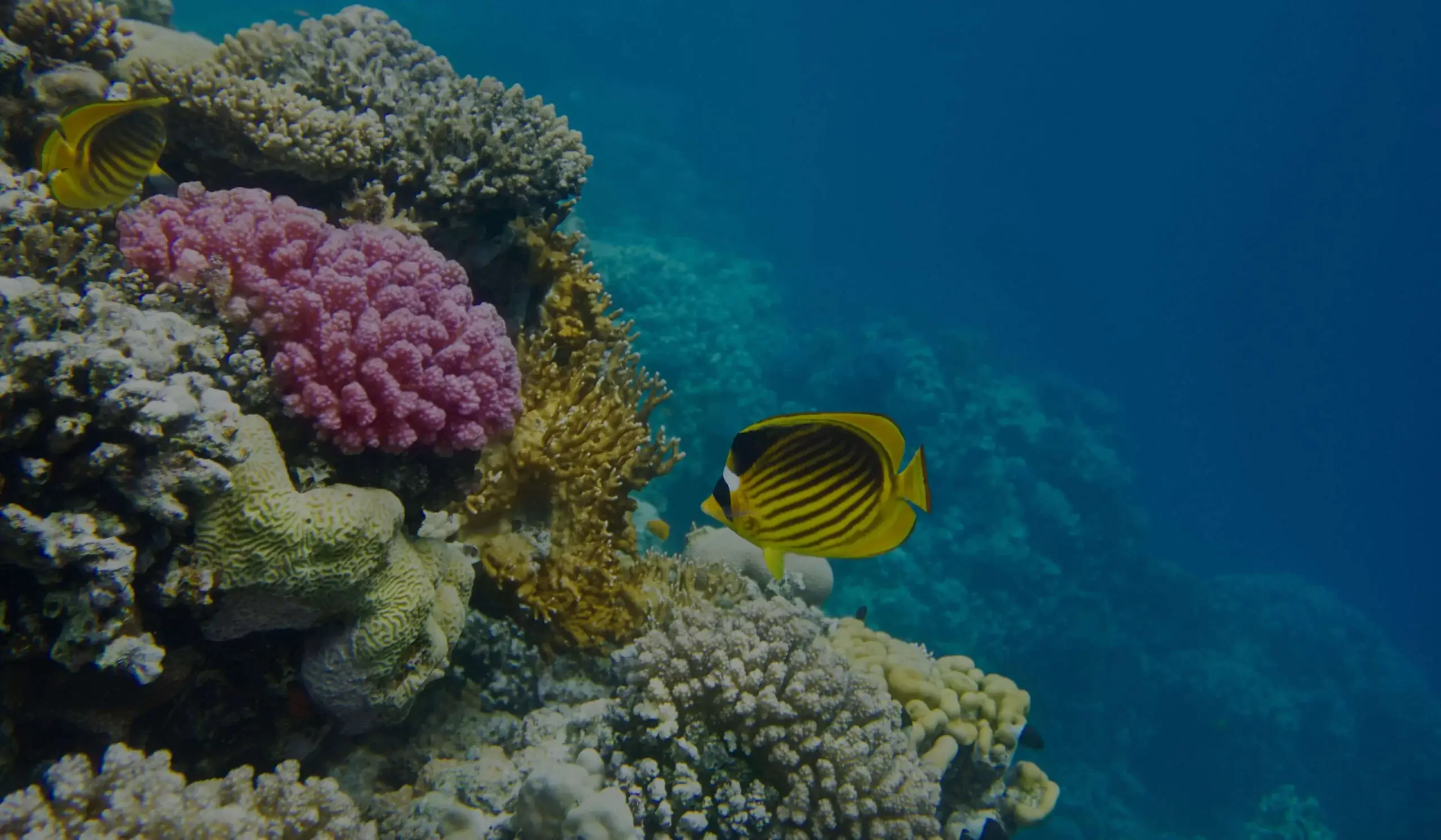Key Takeaways
- Unique Group has launched two new USVs – Uni-Mini and Uni-Max – to expand its existing fleet of USVs, addressing different operational scales and budgets.
- The Uni-Mini is a lightweight, portable USV ideal for rapid deployment, small-scale surveys, and operations in confined or shallow areas.
- The Uni-Max is a larger, hybrid-powered USV designed for long-endurance missions (96+ hours) and dual payload operations.
- All USVs share common autopilot systems, reducing training costs and enabling ease of use across the fleet.
- USVs play a crucial role in offshore wind development: from site surveys and environmental monitoring to inspection and security.
-
Unique Group’s modular approach includes accessories like Uni-Mesh radio communication systems and first-line spares for deployment readiness.
Unique Group, global innovators in subsea technologies and engineering, recently announced the launch of two unmanned surface vessels (USVs), the Uni-Mini and Uni-Max. The USV systems have been developed entirely in-house, designed for surveying operations and engineered to meet diverse operational needs across challenging environments. Wind Systems recently had the opportunity to talk with Unique Group’s Global Head of Unmanned Surface Vessels, Jack Dougherty, on what these USVs could mean for the offshore wind industry and beyond. This interview was published in the February edition of the Wind Systems Magazine.
What is the purpose of these two new USVs?
The introduction of the Uni-Mini and Uni-Max serves a strategic purpose within our Unmanned Surface Vessels (USV) portfolio, complementing the existing Uni-Pact — a three-meter USV renowned for its autonomy, versatility, and payload capacity. While the Uni-Pact excels in various applications, including its eight-hour endurance, we recognized an emerging market niche for more compact and easily manageable solutions.
The Uni-Mini, constructed from lightweight carbon fiber, addresses this need. This smaller, two-man lift USV is designed to be transportable in the back of a pickup truck, making it an ideal solution for infrequent users or scenarios where a full-scale industrial USV may be impractical. Responding to customer requests for dual payloads and extended endurance, the Uni-Mini stands as a versatile tool. It’s for customers who don’t consistently need a full industrial strength, industrial size surface vessel USV.
For example, let’s say you are in New Orleans or you’re down on the Gulf Coast and a hurricane comes in. You have a small marina or anchorage there, and you need to make sure that it’s clear before you allow other vessels to transit in and out. To help in this situation, you can deploy the Uni-Mini, and it can perform a quick multi-beam survey and based on the results, you will be good to go to bring the boats in before the hurricane.
At the other end of the spectrum, the Uni-Max emerges as a substantial addition to our fleet. Boasting a 5-meter by 2.2-meter frame, the Uni-Max provides a more robust platform capable of handling dual payloads. Its hybrid powertrain, incorporating a generator for extended range, facilitates an impressive endurance exceeding 96 hours. This larger and more powerful USV is positioned as a dependable solution for comprehensive and prolonged missions, demonstrating a commitment to meeting the diverse needs of our clientele across a spectrum of industrial and environmental applications.
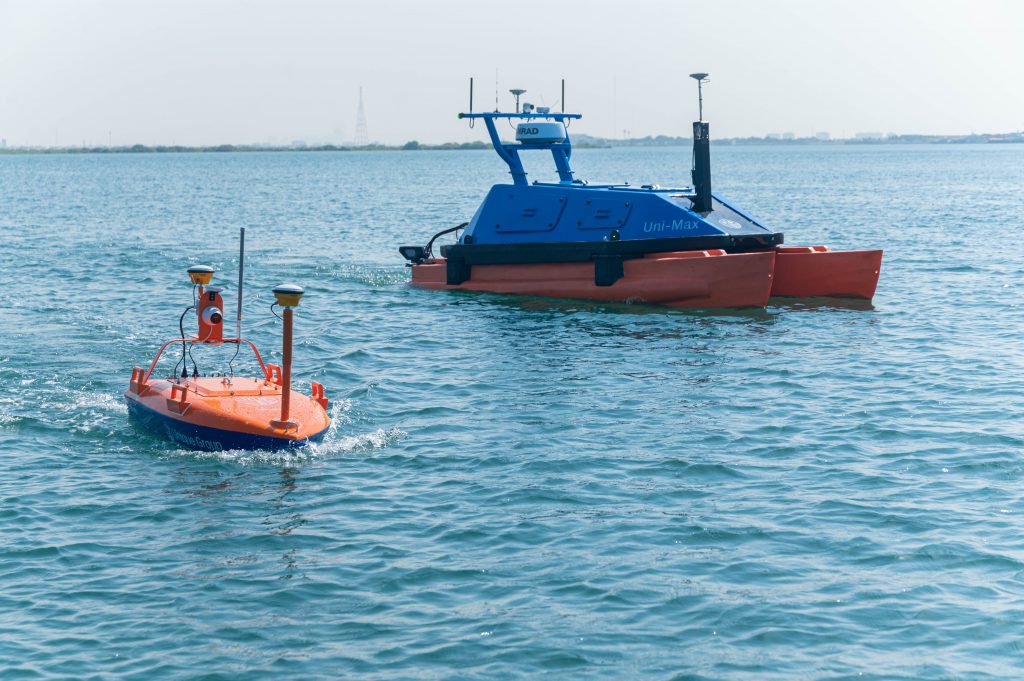
Was that part of why you found it necessary to develop these new USVs, the size differentials mainly, or was something else involved as well?
We developed these new USVs after identifying a market niche, hence we provide our clients with options suitable for their diverse applications as well as project budgets. At Unique Group, we formulate a price point where clients can either rent or buy the solution they need.
When it comes to the Uni-Mini, it’s a very low barrier to entry even with its carbon-fiber body, it’s a relatively inexpensive platform for the capability it possesses. Then there’s a general step-up to the larger Uni-Pact and then all the way out to the Uni-Max.
What makes the USVs unique?
USVs are cost-efficient, robust, and reliable platforms that can operate in multiple environments from shallow water to offshore. With Uni-Fleet, we try to keep it down cost-wise, not just in the platform itself but also in the cost of training. The three vessels utilize a common autopilot system. If you’re proficient in operating the Uni-Mini effectively, you can also operate the Uni-Max.
The payload operations function independently and are not integrated into the overall system, making it straightforward for operations.
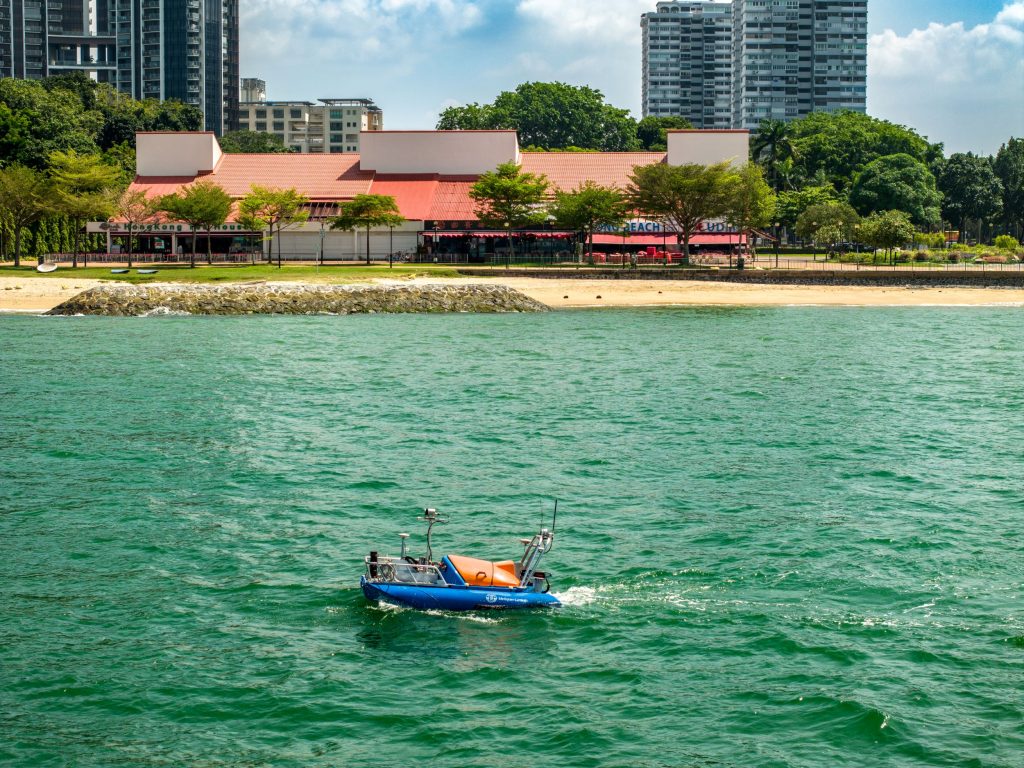
How can the USVs be used in the development of offshore wind?
Our Unmanned Surface Vessels (USVs) play a pivotal role across various stages, contributing to the efficiency and sustainability of wind farm projects. Commencing from the initial phases of pre-construction, these USVs are instrumental in conducting site surveys and mapping exercises. This ensures meticulous assessment of the seabed’s capacity to support the prolonged weight and operational demands of wind turbines over decades.
Beyond site assessment, USVs are adept at environmental monitoring, offering a versatile platform equipped with specialized sensors. This capability extends to maintenance and inspection tasks, as well as providing security and surveillance for the wind farm.
Remarkably, a single USV can seamlessly transition between these diverse roles, from ensuring the security of the site to employing sensors for environmental monitoring and utilizing cameras for visual inspections of turbine components.
For larger USVs, their utility extends further to the transportation of materials and personnel essential for offshore platforms. These autonomous vessels are adept at efficiently ferrying personnel and required materials to and from the platforms, thereby facilitating the smooth functioning and sustenance of wind farms. This comprehensive range of functionalities underscores the adaptability and effectiveness of USVs in addressing the multifaceted needs of the offshore wind industry, contributing significantly to the overall success of wind energy projects.
Why the need for the two separate classifications?
The differentiation between the Uni-Mini and Uni-Pact classifications is driven by distinct operational requirements. The Uni-Mini, with its compact 1.6-meter size, excels in navigating tight spaces and shallow waters, providing an excellent solution for tasks such as dredging and shoreline assessments. Its role extends to leading manned vessels in reconnaissance during storms, ensuring safe navigation. In contrast, the larger Uni-Pact, with enhanced payload capacity, addresses comprehensive survey and operational needs. This strategic classification allows us to offer specialized solutions tailored to specific tasks and environments.
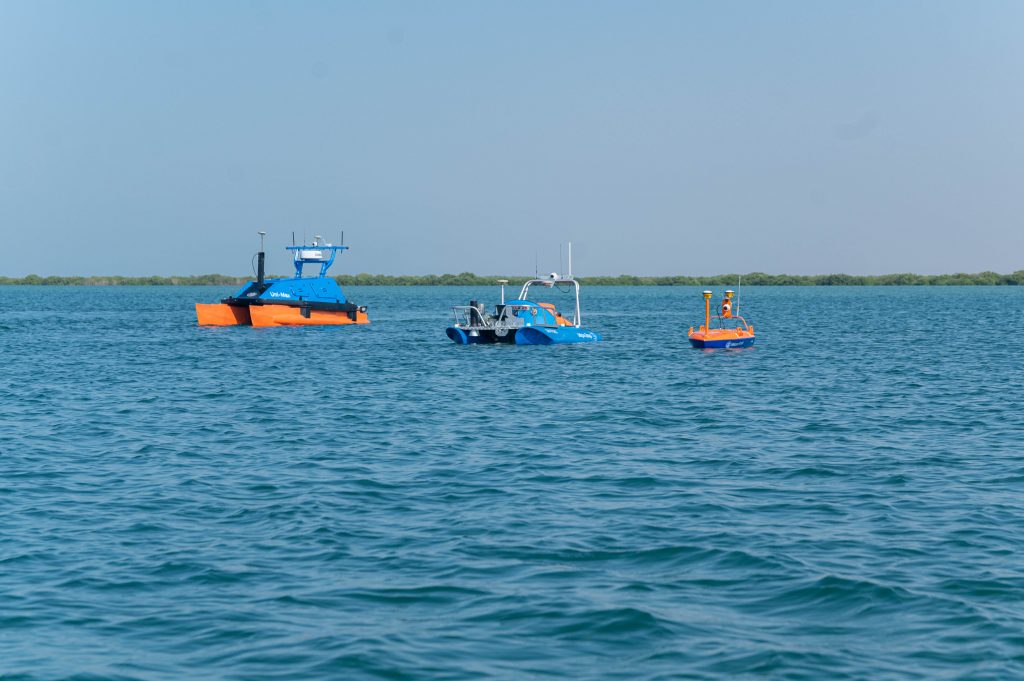
What’s been the market response so far?
The market response to our recent developments has been highly positive. We already had an established name in the USV market because Unique Group doesn’t just sell, but we also rent. It’s quite a big market for us in the energy sector. We have already been successful with the Uni-Pact, and now we are providing two more solutions to problems that customers genuinely have. The decision to offer both a smaller and a larger USV was a strategic response to specific customer demands of wanting higher endurance and enhanced functionality. To do that, we need a bigger and more stable platform. We topped it with the functionality to run two different payloads, be a sub-bottom profiler, and a multi-beam.
Do you see these USVs having a more active role in offshore wind energy production as the sector ramps up?
There’s quite a parallel between the green-energy movement for renewables and green USVs. When you’re getting into the renewable market space, obviously you have a desire to deviate away from the internal combustion engine and bring another option to the market — whether it’s something that’s not coal, not nuclear, you want to do something new, and that’s where wind energy comes in. USVs follow the same path: Most of them, especially the smaller ones, are electrically powered. They’re battery powered and rechargeable. Even the larger ones have a hybrid powertrain, where in fact, a small generator runs and recharges the batteries, allowing it to maintain its endurance and keep going. This reduces reliance on a big diesel or petrol-powered internal combustion engine.
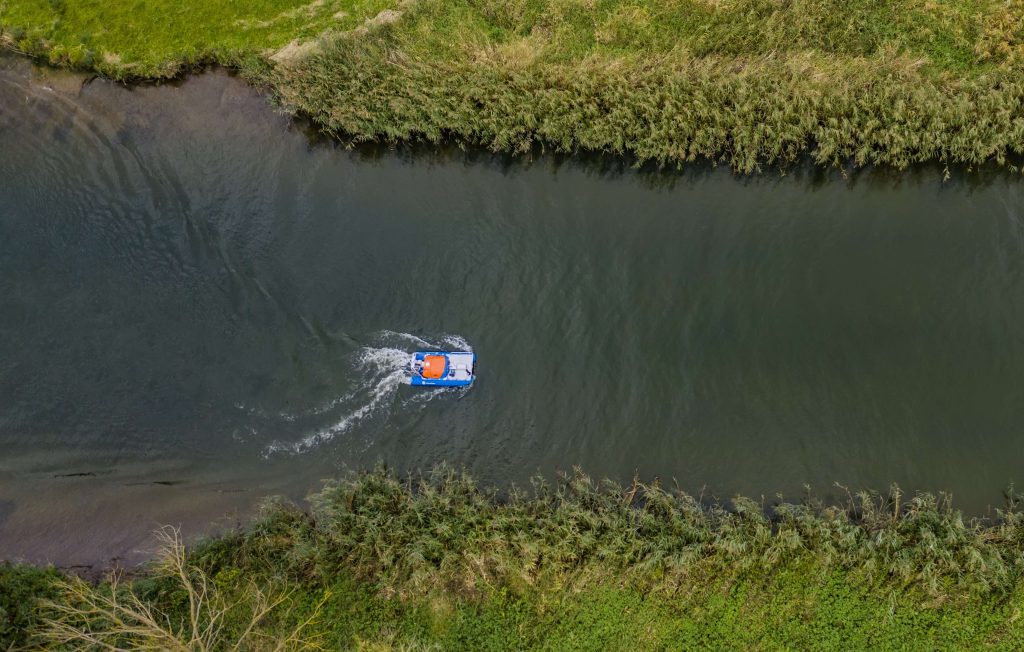
Anything else you’d like to mention that we didn’t talk about?
In addition to our USVs, we offer comprehensive solutions that extend beyond the vessels themselves. For communication needs, our USVs utilize 4G wireless technology. However, recognizing potential challenges in remote locations, we offer Uni-Mesh — a mesh radio network ensuring secure communications during surveys.
To further facilitate our clients, we provide a deployment case containing first-line consumable spares, regardless of whether it’s a rental or a purchase. This Pelican case includes the controller, necessary documentation (checklists, training materials), and essential spare parts, ensuring seamless operations. Our commitment is to offer an all-encompassing solution, making it easy for clients to use our vessels while providing the necessary components to keep them running efficiently.
